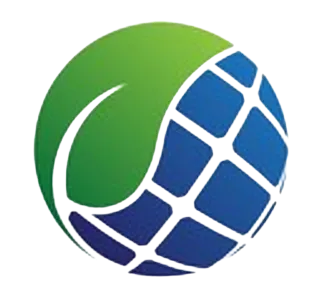HOME | RESOURCES | INCENTIVES | GALLERY | FAQ | CONSULTATION
FAQs
WHAT HAPPENS IF I SELL MY HOME?
Simply transfer the solar agreement to the new buyers since they will certainly need electricity too. When the buyer signs the transfer agreement, it releases the seller from obligations.
HOW DO SOLAR PANELS WORK?
The basic unit of a solar panel is a solar cell. These cells are assembled into solar modules, which connect together to form a solar panel. When the sun shines onto a solar panel, energy from the sunlight is absorbed by the photovoltaic cells in the solar panel. This absorbed energy produces electricity for your home.
WHAT HAPPENS IF THERE IS LOSS (OR DAMAGE) TO PANELS?
LEASE: The leasing company provides an insurance policy on the solar system, which bears all risks, including but not limited to: damage, loss, destruction, theft, or similar occurrence (provided damage was not intentionally caused).
PURCHASE: It is recommended to check with your home insurance company about adding the solar system to your existing policy.
AM I ABLE TO REFINANCE MY HOME?
Yes. Lenders temporarily remove the UCC-1 filing (associated with the old loan), then put it back in place (on the new loan) once the refinance is complete.
ARE THERE WARRANTIES ON THE SYSTEM?
LEASE: Throughout the entire term, the system warranty provides repair/replacement of any defective part, material, or component and will correct any defective workmanship (at no cost to customer).
PURCHASE: There is a full 25 year bumper to bumper warranty on all parts, panels, and products.
ROOF: Installer warrants all roof penetrations for a period of ten years following system installation.
PRODUCTION: A production guarantee (in writing) is provided for each system installed.
WHAT HAPPENS IF FINANCE COMPANY GOES OUT OF BUSINESS?
The company must create a priority stream of operation/maintenance payments to provide enough cash flow to cover all warranty obligations.
AM I STILL ABLE TO GET ADDITIONAL ELECTRICITY FROM UTILITY COMPANY?
Yes. Since a home remains connected to the grid, any additional electricity needed can simply be obtained from the utility company.
WHAT HAPPENS IF THE GRID LOSES POWER?
If the electric grid goes down, the system will temporarily not work. This it to protect utility workers as they work to repair the issue. The system automatically senses when the grid is not working, and shuts down at the inverter (to prevent the back-feeding of excess solar energy into the grid). The system will resume functionality (on its own) once the grid is up and running again.
WILL MY HOA ALLOW SOLAR?
Although an HOA may require filling out an application, it typically can NOT stop a homeowner from going solar. Most states have access laws in place to prevent HOAs from declining solar installation requests.
CAN I VIEW SYSTEM PRODUCTION?
Yes. Similar to an online utility portal, system production can also be monitored (via online portal).
ARE THERE CREDIT REQUIREMENTS?
LEASE: 650+ FICO score is required.
PURCHASE (FINANCE): 640+ FICO score required.
PURCHASE (CASH/OTHER): Not applicable.
HOW LONG DOES THE PROCESS TAKE?
The average time period from contract to installation is forty-five (45) days. The process involves: site survey, final scope of work, application for permits, HOA approval (if necessary), and utility interconnection. After system install, PTO (Permission To Operate) is granted from the utility.


